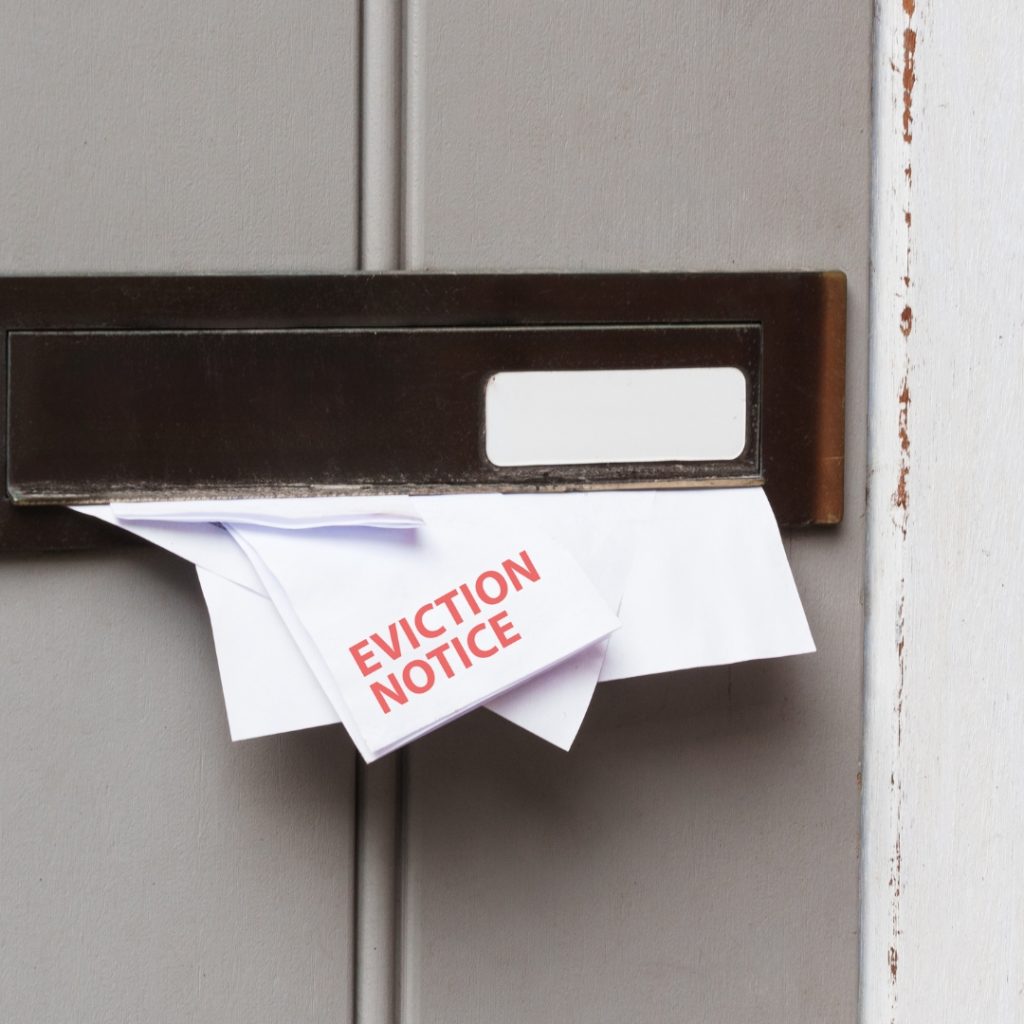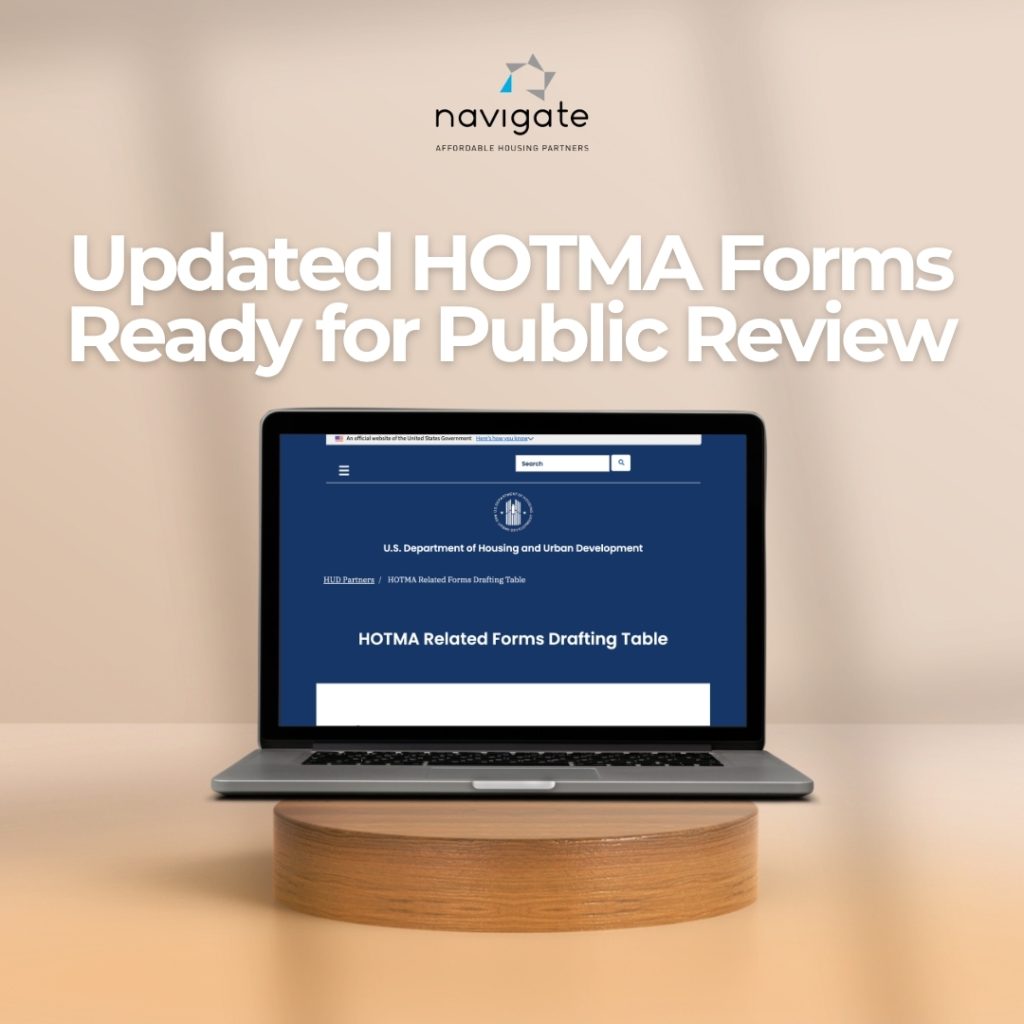The 30-Day Eviction Notice Rule: What HUD Owners and Agents Must Know
If you work in affordable housing, you must understand the 30-day eviction notice rule for nonpayment. This rule, established by the U.S. Department of Housing and Urban Development (HUD), outlines when and how owners and agents must notify residents before beginning the eviction process.
Understanding the 30-Day Eviction Notice Rule
HUD’s final rule requires that all owners and agents of HUD-assisted properties issue a 30-day notice of nonpayment to residents before initiating any legal eviction process.
This includes:
- Clearly stating the rent amount due
- Offering a chance for the resident to cure the issue
- Providing contact info for recertification assistance or hardship options
The goal? To give residents time to resolve their rent issue and stay housed.
The Eviction Timeline: 30 Days Before Legal Action
Below is a simplified timeline based on HUD’s guidelines and clarified by Vickie Bell during a recent OA training.
Day 1 – Rent Due
Rent is due as stated in the lease agreement. This marks the earliest point to monitor for nonpayment.
Day 2 – 30-Day Notice Issued
If rent remains unpaid after the due date, the 30-day notice of nonpayment may be issued.
You cannot send this notice before the rent is officially late.
Day 2 to Day 31 – Compliance Window
This 30-day window is critical. Here’s what must happen:
- Tenant is given a full 30 days to pay.
- No legal eviction proceedings may begin.
- You may not send the case to an attorney during this time.
Important: Residents should also be informed of:
- How to recertify income
- Emergency rental assistance programs
- Language access or disability accommodations (if applicable)
Day 32 – Legal Action May Begin
If rent has not been paid and the tenant has not resolved the issue, the case may now be turned over to an attorney. Legal eviction proceedings can now start, but only after the full 30-day period ends.
Visual Guide for Training and Teams
To help reinforce this timeline, many trainers recommend visualizing the 30-day process as a project flow:
| Phase | Timeline | Action Required |
|---|---|---|
| Rent Due | Day 1 | Begin tracking unpaid rent |
| Notice Issued | Day 2 | Send 30-day nonpayment notice |
| Tenant Cure Period | Days 2–31 | No legal action; allow tenant time to resolve |
| Legal Action Begins | Day 32+ | May refer case to attorney if unresolved |
This framework mirrors traditional project timelines and is ideal for training staff.

Why This Rule Matters
HUD’s goal is to reduce homelessness and keep vulnerable residents stably housed. The 30-day eviction notice rule is a tool that protects residents while still allowing owners and agents to manage properties effectively.
By strictly adhering to this timeline, property managers not only stay compliant—they also help build trust in affordable housing communities.
Next Steps for Owners and Agents
If you’re managing HUD-assisted housing, now is the time to:
- Review your termination procedures
- Train your site staff on this timeline
- Customize your notices to meet all HUD criteria





